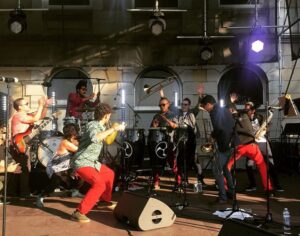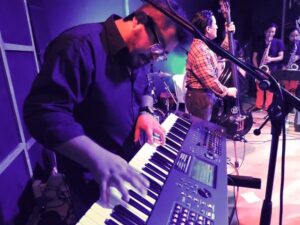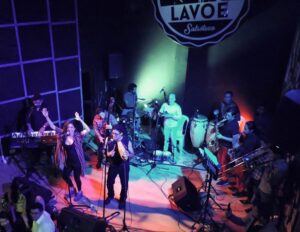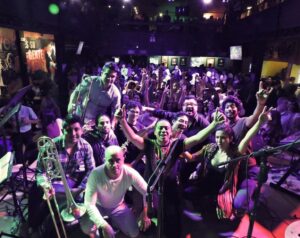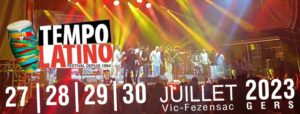
Tempo Latino is a music festival held in Vic-Fezensac, France, in the region of Gers in Gascony it is the first and the greatest Latin American and Afro-Cuban music festival of the summer in Europe. The festival was founded in 1994 and has been held annually since then.
“In 2020 and 2021, the festival was only interrupted for two consecutive years due to the containment of the new crown pneumonia (COVID-19) epidemic.”
With around 600 volunteers from all over the city for four days of intense activities and an audience of around 60,000 people from all over the world.
Tempo Latino offers a variety of Latin American and Afro-Cuban music, including Salsa, Bachata, Kizomba, Cumbia, Merengue, Rumba, Latin-jazz, Reggaeton and more. The festival also features dance workshops, food stalls and other cultural events.
International performers and instructors from Cuba, Puerto Rico, Colombia, Venezuela, Panama, Africa, the United States (primarily New York, Miami, and California), and Europe have participated in a number of concerts and workshops
Tempo Latino has grown from a small festival to one of the most important Latin American music festivals in Europe. The festival hosts some of the biggest names in Latin music, including Celia Cruz, Ruben Blades, Eddie Palmieri, Oscar D’ León, Johnny Pacheco, Adalberto Álvarez, El Gran Combo de Puerto Rico, Kassav, Totó la Momposina, and Los Van Van. Tempo Latino has also helped advance the careers of many new artists.
Here’s more information on Tempo Latino:
- The festival takes place in a beautiful setting in the heart of the French countryside.
- The festival is family friendly and has activities for all ages.
- The festival is a great opportunity to experience a different culture and learn about Latin American and Afro-Cuban music.
A festival of concerts takes place in the square and, at the same time, many free outdoor events for those who want to discover music in the city’s dance halls in the afternoon and evening. In the second edition, they have integrated dance, music, and percussion lessons.
The 28th edition of Tempo Latino will take place from July 27-30, 2023.
The lineup includes:
La Conga
27 July – Ana Tijoux (France)
Les Arenes
28 July 2023
21:00 – Orchestra Baobab (Senegal)
23:00 – Grupo Compay Segundo (Cuba)
29 July 2023
21:00 – Lila Downs (Mexico)
23:00 – Cimafunk (Cuba)
30 July 2023
21:00 – Bernard Lavilliers (France)
23:00 – La Excelencia (USA)
and many more!
Pass Concert:
On the official website, tickets for four days are available for 120 € (during the festival, they cost 150 €).
Eric Duffau
The current director of Tempo Latino is Eric Duffau from Toulouse, France. He is also the founder of the music festival which he started in 1994. A passionate lover of Latin American and Afro-Cuban music, Dufour devoted his life to promoting this music to a wider audience and serves on the board of the French Association for the Promotion of Latin Music (AFMPL).

Dufoe was a tireless promoter of Latin American and Afro-Cuban music. He travels the world in search of new talent and works hard to make Tempo Latino a major cultural event. He is a passionate advocate of Latin music and works to bring this music to a wider audience.
Dufour graduated from the National School of Arts and Crafts (ENSAM) in Paris. In the early 1980s he worked as a DJ, during which time he became interested in Latin American and Afro-Cuban music. In 1989, he decided to create a festival to showcase this music and Tempo Latino was born.
![]() https://www.youtube.com/user/TempoLatinoFestival
https://www.youtube.com/user/TempoLatinoFestival
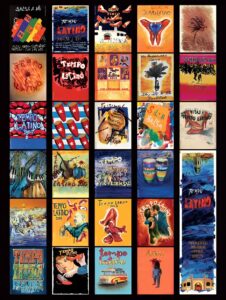
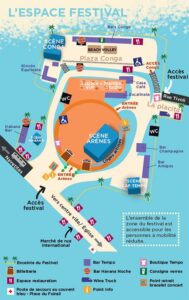


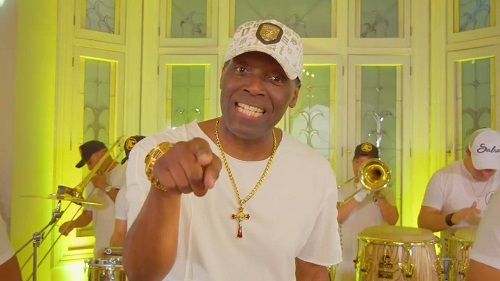
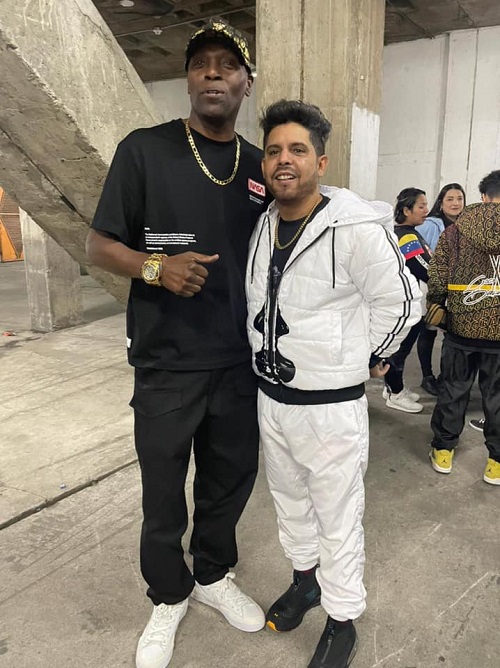

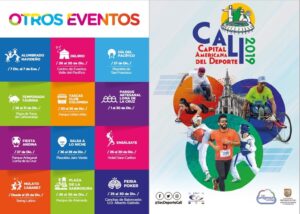

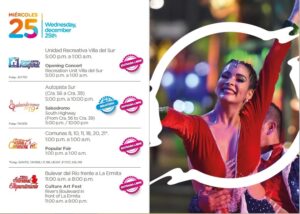
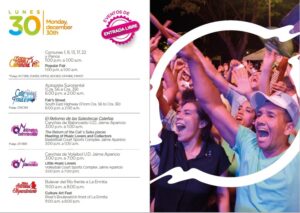



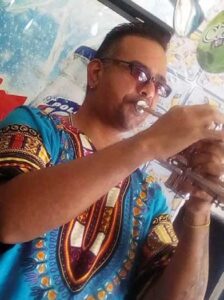
 E
E